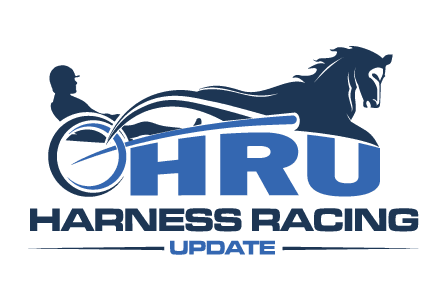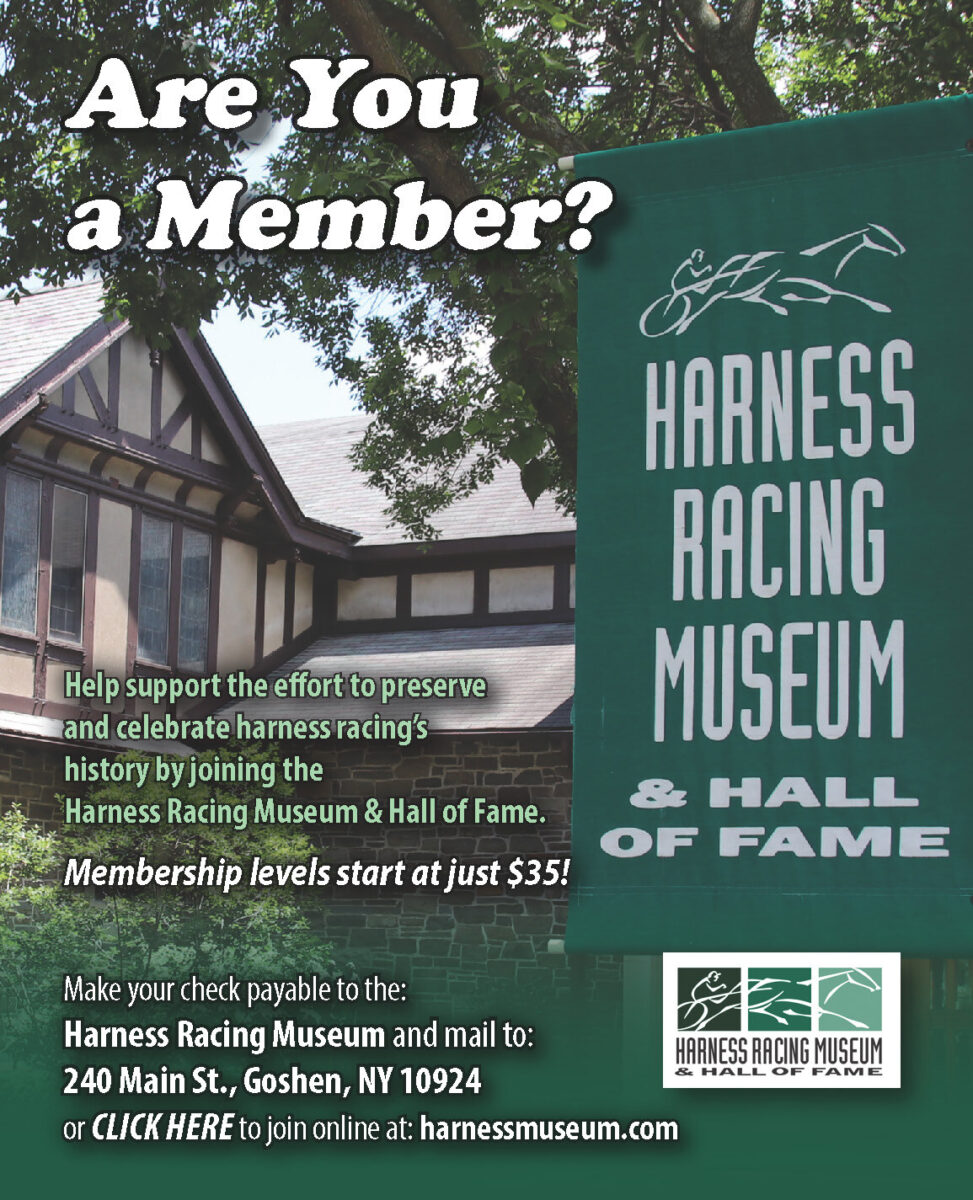A chat with veteran horseman Jim Mattison, Part 2
by John Berry
Part 1 is here.
Longtime horseman Jim Mattison is concerned that the best days of our sport are gone, but continues to be outspoken when it comes to several aspects of the sport. Here are more of his thoughts.
What would you like to discuss next?
“Taping the front hobble hanger on both pacers and trotters should be mandatory. I know this from 40 years of experience when my horse went down like he was shot.
“Kim Crawford got the brunt of it with a broken collar bone as he was directly behind me. When I got back to the stall to find out what happened, the trainer said the hobble came down. I asked what hole it was in and he said the bottom one; it was not broken.
“For the next 40 years, I never drove or trained or raced a horse without taping the front hobble hanger. I always carried a role of tape with me and, if they weren’t taped, I taped it. A bunch of us did the same, Kim [Crawford], Dan Cappello, and Wally [Hennessey]. When Wally drove for us, we taped front and back.”
You seem to have made your winter home in Pompano, but other times in Saratoga?
“Yes, and let me talk about Saratoga a bit. I started driving professionally in 1968, and I really believe that the ‘paddock’ times requiring horses to be in there and monitored — and at all tracks — should be long enough so horses can be warmed up in front of the judges and whatever fans we have left. A lot of horses are warmed up on a back track and the judges and fans can’t see them and inspect them for soundness.
“The only time the bettors and judges see them is in the post parade, just a few minutes before they go to the gate to race. The serious bettor waits and tries to see how sound they are, the judges should do the same. I’m sure some do but they seem more concerned about drivers talking and going inside pylons than watching the post parade for soundness.”
One judge we admired so much here at the Pompano track was Bob Williams, a topnotch driver/trainer who became a judge after retiring. He had his binocs on every horse in the post parade and wanted to make sure that a lame one wouldn’t cause a catastrophe in a race.
“That’s what this sport needs. Saratoga had four accidents in four weeks and I believe three of them could have been avoided.
“There was one where the horse was lame and, in a situation like that, you must try to protect every other horse and driver in the race as one can endanger the whole field.”
The public, too.
“Yes, the public, too. Immediately, the race should be called ‘No Contest’ and red lights should be flashing all over the place. In this one, it took the judges over 30 seconds to tell the announcer ‘No Contest.’
“Another time, the gate was hardly moving and a horse went sideways. Luckily, there was no serious injury but one driver wasn’t wearing a vest, which is mandatory, or should be. Another time, a front hobble broke, driver got hurt, and a 99-cent roll of tape could’ve prevented it.
“When they give the excuse that the hobble hanger broke, I don’t believe it, it takes two men and a boy to punch a hole in it.”
All these suggestions are valuable, but the key is enforcement of the rules, don’t you think?
“The standardbred is a rugged animal. When an incident happens, they will bounce back — if it’s not too bad — but the driver, if he goes down, can have significant injury or even worse and the healing time might be devastating for a driver.
“The horse might be in-to-go in a week or two but the driver can be out for a month, or even much worse, in fact, much, much worse. None of us should forget Anthony Coletta, ever.”
Well, that brings us to another point, drivers leaning back. When they lean back so far, they have little forward vision and can’t respond that fast to avoid a possible wreck.
“Not only that, it can take away the competitiveness of a race. When they lean back so far, it puts much more distance between horses, maybe another half-length or length.”
How true, and, if you have a big field, say, nine or 10, it puts, probably, at least five of them out of reach to the horse on top at the half and these bettors are tearing their tickets up when they are 15 lengths behind. It’s certainly not good for the betting public, and where would be without them, It’s getting worse all the time.
“You know, drivers are supposed to wear vests and any bits with an extended ring are supposed to have a safety strap on them — I used heavy zip ties — and these are not enforced.
“These drivers are supposed to pass by the paddock judge, so it shouldn’t be that hard to correct and enforce.”
Can we talk about whipping rules, a bit?
“Yes, the whipping rules. These days, it looks like the guys [and gals] are driving a hobby horse. They [the judges] say it because of the fans, if you can find 25 of them. Maybe try riding crops, instead, I don’t know.”
We came up with a solution but, of course, nobody has taken a step forward on it. I had suggested a redesign of the saddle pads so they would reach all the way back to the horse’s rump with that back section back of the saddle pad number padded heavily for sound effects.
“Yeah, nobody seems to want to listen to good, new ideas, a shame.”
Note: I had suggested in a previous HRU that “door-bell” cameras be installed every 16th-of-a-mile on track to catch any situations that many arise. But Jessica Hallett came up with an invention even better as she had a few postings recently showing the race from a drivers “in-the-bike” point-of-view following the action from behind the gate at the start right to the finish.
Maybe, eventually, all drivers will be required to use this method to improve our sport and enhance its future.
The advantages could be endless:
1. It would give judges a close-up view of the action and any questionable occurrences during a race.
2. Pylon violations
3. Any infractions or interference during a race.
4. Equipment failures.
5. Whatever else.
Yes, our grand sport has seen incredible times since the first 2:00 mile in 1897 and, subsequently, pushing that mark a tick below 1:46.
Let’s make sure that time in on our side for the successful future in a sport we all love.
MAY THE HORSE BE WITH YOU

















